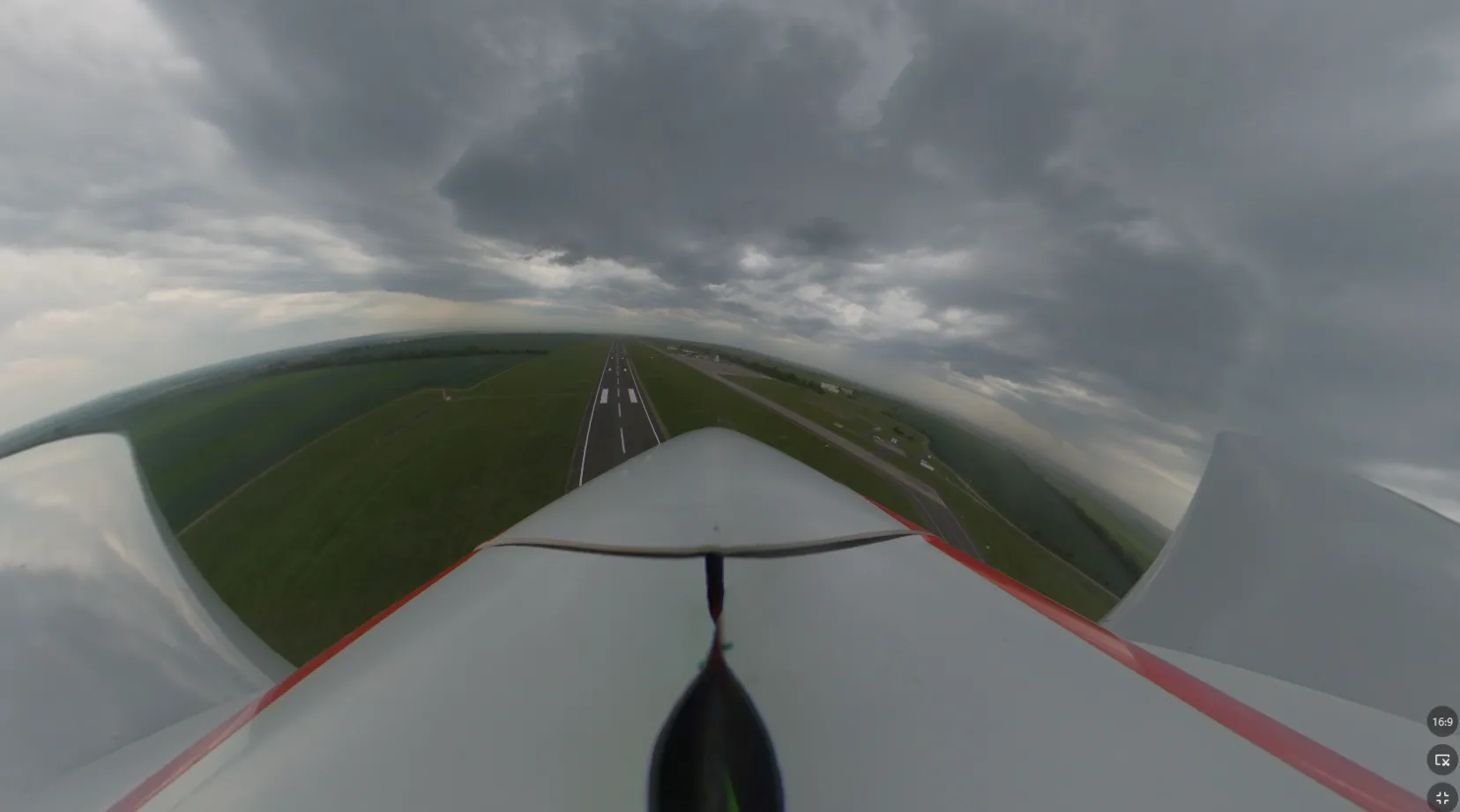T-FLEX demonstrator aircraft test flight
In May 2022 we have flown, crashed, repaired and flown again the T-FLEX demonstrator, within the FLiPASED H2020 project. The teams from SZTAKI (Institute for Computer Science and Control) and German Aerospace Center (DLR) also helped immensely with providing the test airfield, software preparation debugging and supporting the test team.
The FLiPASED H2020 project consortium has cleared several goals: „We tested all the functionalities of the autopilot that will be required for flutter testing. This includes being able to follow a trajectory and also use autothrottle all the way up to around 56m/s, more than 10% beyond open-loop flutter speed.
Gather flight data to identify the rigid body modes. During our last flight, 13 manoeuvres were injected for this purpose. Hopefully the data will be usable. Gather flight data to identify the flexible body modes and track them online. I believe the last few minutes of the last flight (storm conditions) provided enough vibrations in all directions for this purpose. Baseline aerodynamic coefficient determination including airbrake drag identification manoeuvres.
Training time for the new pilots. Not as much as we wanted, but more than none. Visualization of airflow over the wings were done with tufts and oil experiments. Let’s see what images we can extract from that. Airspeed calibration in-flight manoeuvres which hopefully will help quantify the errors from the air data system. Induced drag experiments, where we flew with flaps deflected for extra induced drag. Let’s see if the effect can be extracted" - says Julius Bartaševičius, Research Assistant at Technical University Munich.
All this was done in 8 flights, during which we got around 140min of flight time.
Special thank you goes to Fabian Wiedemann, who piloted and repaired the aircraft when no one thought would be possible, Julius Bartaševičius who coordinated the whole test campaign, Christian Rieger and Thomas Seren who took their weeks off from other projects to help us pilot the T-FLEX, Daniel Teubl who was there for complete two weeks doing engineering work and Christian Rößler who landed the aircraft during a storm (10m/s+ gusty wind).
The teams from SZTAKI (Institute for Computer Science and Control) and German Aerospace Center (DLR) also helped immensely with providing the test airfield, software preparation debugging and supporting the test team.

